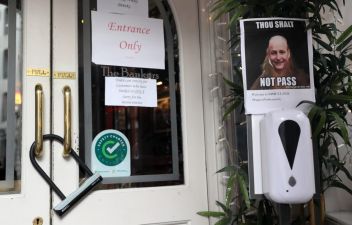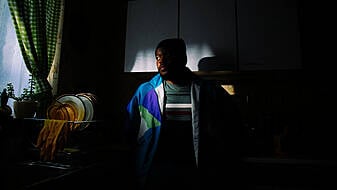Ireland's 14-day incidence rate of Covid-19 has jumped to 94.2 cases per 100,000 according to the latest data from the National Public Health Emergency Team (Nphet).
The 484 cases announced yesterday caused the rate to jump from 87.9 in the space of 24 hours, prompting concern as restrictions were eased today for the Christmas period.
Nphet is due to recommend a return to heightened restrictions before the new year, saying the plan to allow increased household visits until after the New Year may cause the transmission of the virus to surge.
Taoiseach Micheál Martin has said it is likely restaurants and gastropubs will be forced to close before the end of the year once again as daily case numbers become more concerning.
Donegal maintains the highest 14-day incidence rate, with 246.9 cases per 100,000, followed by Louth, the only other county with a rate in excess of 200, on 207.9.
Clare now has the lowest incidence of the virus in the country (25.2), followed by Leitrim (28.1) and Cork (34.4).
In terms of Local Electoral Areas (LEA), Carndonagh in Co Donegal has the highest incidence with 135 cases giving them a 14-day incidence rate of 795.8 per 100,000, with Claremorris in Co Mayo having the second highest rate on 409.
Parts of Kilkenny, Carlow and Limerick also have higher rates compared to the rest of the country, including Muinebeag (326.3), Castlecomer (305.3) and Adare-Rathkeale (231).

According to data from the Central Statistics Office (CSO), the percentage of people over the age of 65 who have tested positive for Covid-19 has increased in recent weeks, making up 10 per cent of cases the week ending December 11th, up from less than 5 per cent the previous week.
The median age of new cases was 33 during the same week, while more than 20 people have died from the virus each week since mid-October.
The CSO data also showed Dublin has recorded less than 1,000 weekly cases for the sixth week in a row, yet accounted by 28 per cent of all new cases.
Just over half of all cases were linked to a confirmed outbreak, 35 per cent of whom were under the age of 25.







